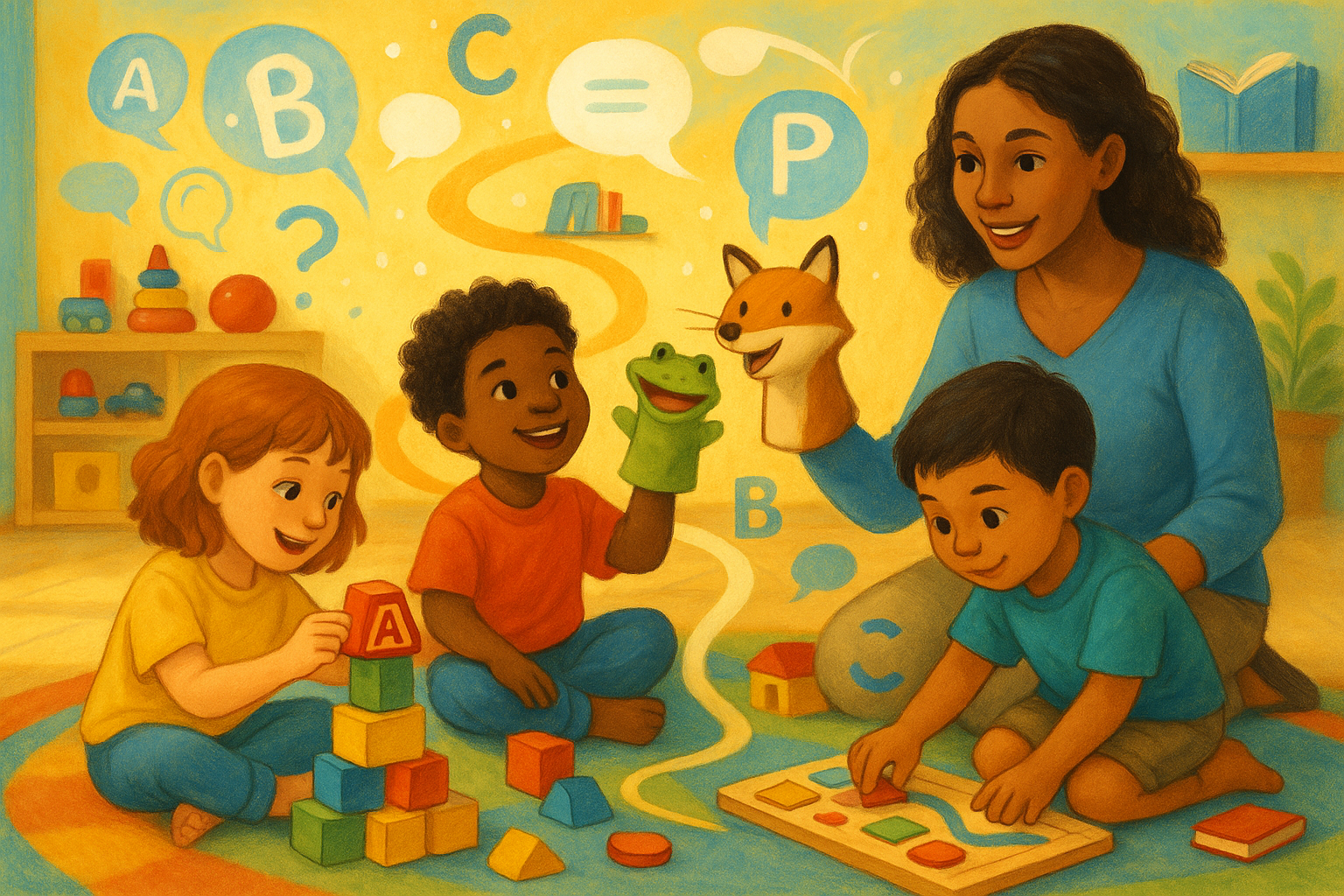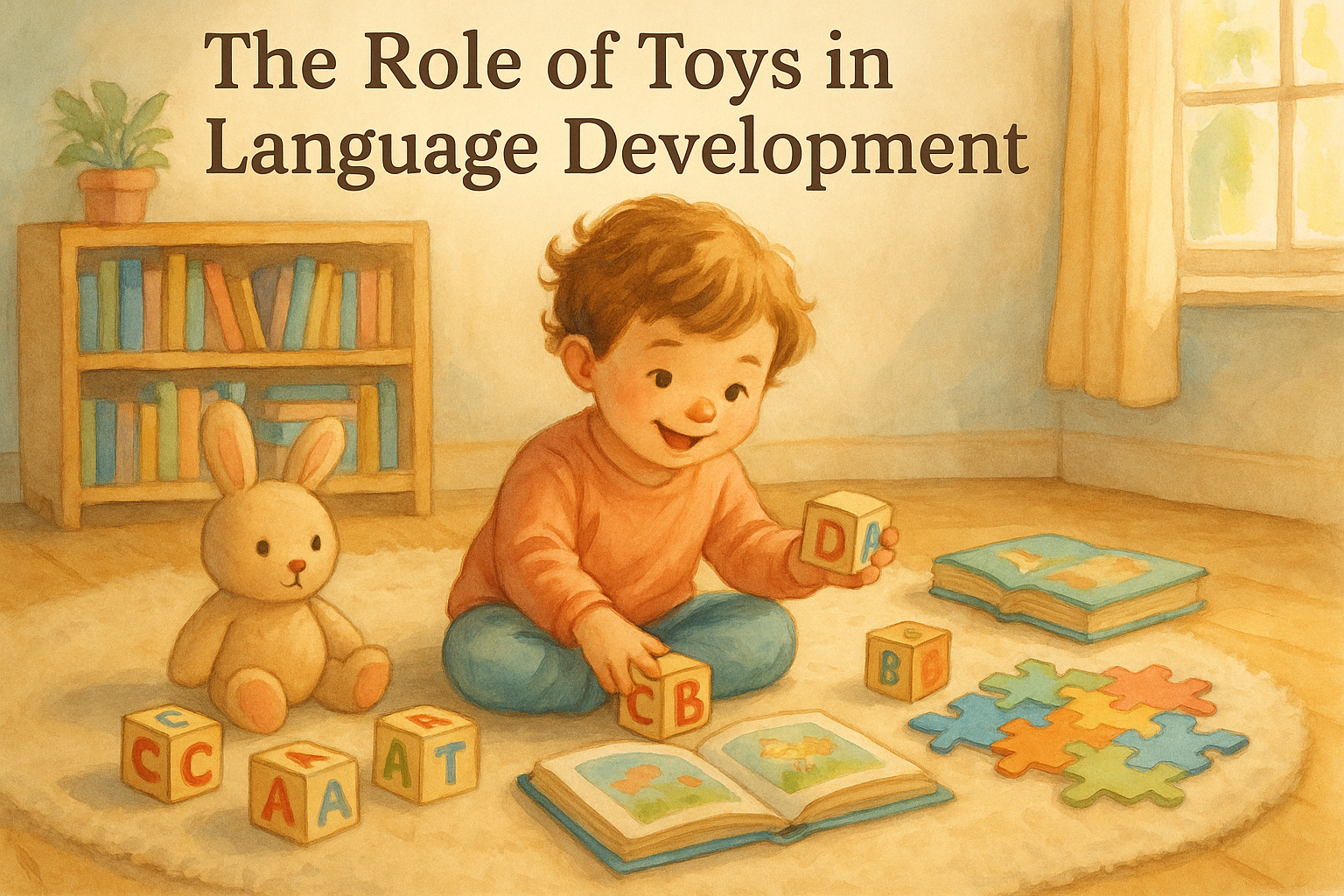The Role of Toys in Language Development
Toys are not just for play; they are powerful tools that can foster language development in children. From colorful blocks to interactive gadgets, toys can ignite imagination and boost communication skills. In this blog post, we will explore the significant role that toys play in language development.
Table of Contents
1. Introduction
2. Understanding Language Development in Children
3. How Toys Influence Language Skills
4. Types of Toys That Boost Language Development
5. Tips for Parents: Choosing the Right Toys
6. Conclusion
7. FAQs

Understanding Language Development in Children
Language development is a crucial part of a child’s growth, encompassing the ability to understand and communicate through speech. From babbling as infants to forming sentences as toddlers, children undergo a fascinating journey of linguistic milestones. The environment, parental interaction, and educational tools, including toys, all play pivotal roles in this development.
How Toys Influence Language Skills
Toys are more than just fun; they are learning aids that can significantly impact language acquisition. Here’s how:
Sparking Imagination and Creativity 🎨
Imaginative play with toys like dolls and action figures encourages children to create stories and scenarios, promoting narrative skills and vocabulary expansion.
Enhancing Social Interaction 🤝
Playing with toys often involves interaction with peers or parents, fostering conversational skills, listening, and turn-taking, all essential components of language development.
Introducing New Vocabulary 📚
Interactive toys, such as educational electronics, introduce new words and concepts, enhancing a child’s vocabulary in a fun, engaging way.
Stimulating Curiosity and Questioning 🔍
Toys that challenge children’s thinking, like puzzles or science kits, encourage them to ask questions and explore new ideas, advancing their language and cognitive skills.
Types of Toys That Boost Language Development
Choosing the right toys can make a significant difference in a child’s language development journey. Here are some top picks:
Books and Storytelling Toys 📖
Picture books and storytelling kits are excellent for language development, promoting reading skills and comprehension.
Building Blocks and Puzzles 🧩
These toys stimulate spatial awareness and problem-solving, introducing descriptive language and enhancing verbal skills through discussion.
Musical Instruments 🎶
Music toys encourage children to explore sounds and rhythms, aiding in phonetic awareness and auditory skills.
Interactive Electronic Toys 🤖
Devices designed with educational content can provide exposure to language through songs, stories, and interactive games.
Tips for Parents: Choosing the Right Toys
When selecting toys for language development, consider the following tips:
Age Appropriateness
Ensure the toys are suitable for your child’s age to maximize engagement and learning potential.
Focus on Interaction
Opt for toys that encourage interaction, either with peers, parents, or the toy itself, to promote language use.
Encourage Diversity
Introduce a variety of toys to cover different aspects of language development, from vocabulary to storytelling.
Prioritize Quality Over Quantity
It’s better to have a few high-quality, educational toys than an abundance of toys that don’t serve an educational purpose.
Conclusion
Toys play a vital role in language development, offering children opportunities to explore, imagine, and communicate. By selecting the right toys and engaging with children during playtime, parents can significantly enhance their child’s linguistic abilities. So, the next time you step into a toy store, remember that you’re not just buying a toy—you’re investing in your child’s future communication skills.
FAQs
Q: What age is most critical for language development?
A: The first three years of life are the most critical for language development, as the brain is rapidly developing and highly receptive to learning.
Q: Can electronic toys hinder language development?
A: While some electronic toys can be beneficial, it’s essential to monitor screen time and ensure that the toys encourage active engagement rather than passive consumption.
Q: How can I encourage my child to play with language-enhancing toys?
A: Play with your child! Engage in the activities, ask open-ended questions, and encourage them to describe their actions and thoughts.
By understanding the role of toys in language development and choosing the right ones, parents can provide a rich, supportive learning environment that fosters communication skills and sets the foundation for lifelong learning. Happy playing! 🎉
